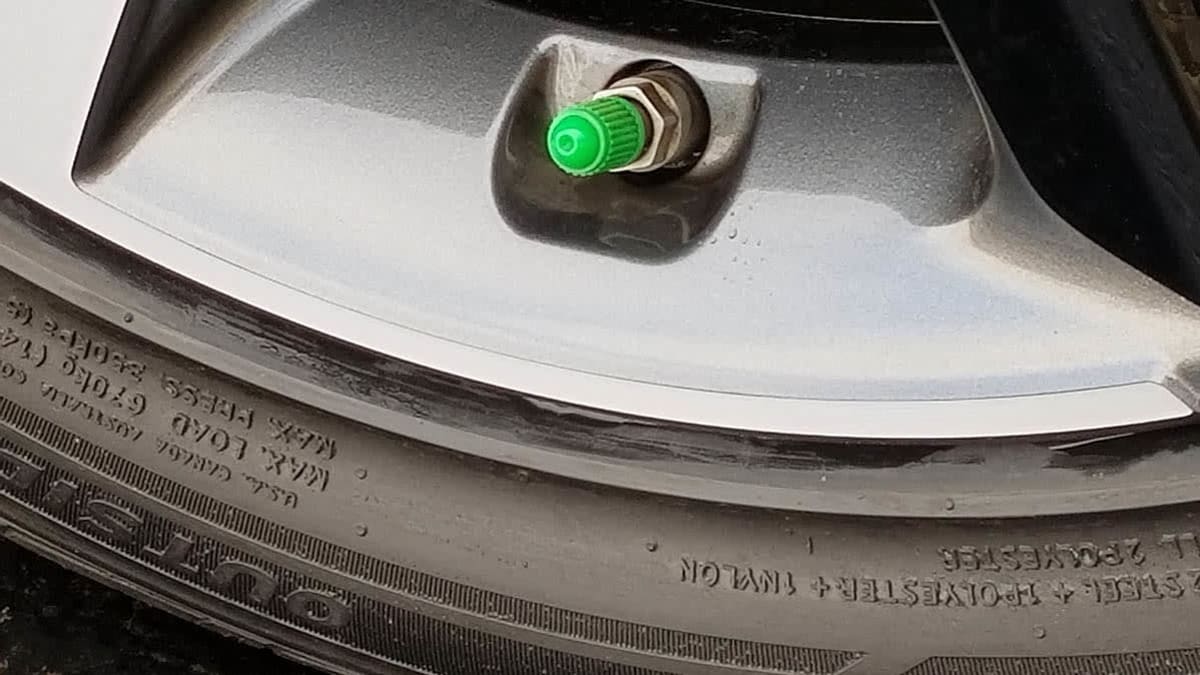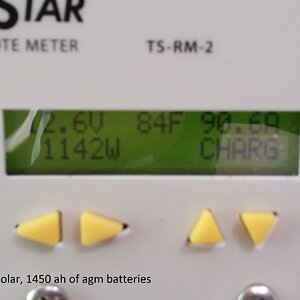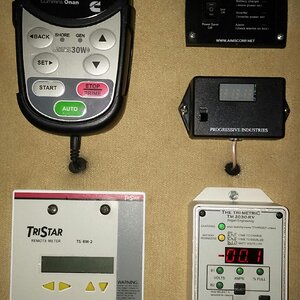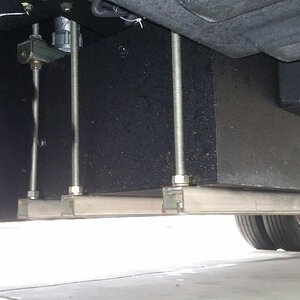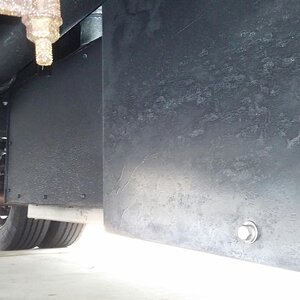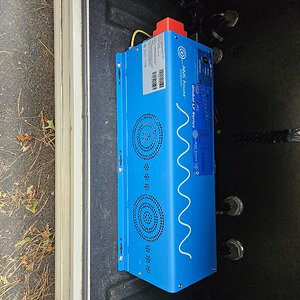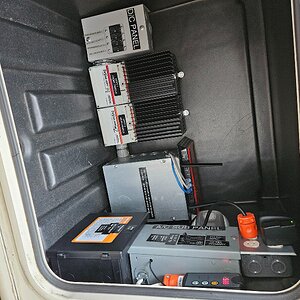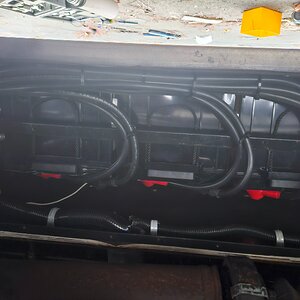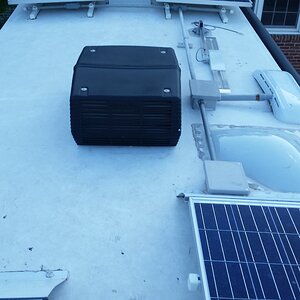Joe Dutchstar
RVF Supporter
- Joined
- Nov 3, 2019
- Messages
- 3,634
- Location
- Florida
- RV Year
- 2024
- RV Make
- Newmar
- RV Model
- Dutch Star 4311
- RV Length
- 43
- Chassis
- Spartan
- Engine
- Cummins
- TOW/TOAD
- 2018 Ford Flex
- Fulltimer
- No
When we ordered the Newmar DSDP, I added a front air chuck located in the generator pull out area. My thinking is it would be nice to have an external air source for tires and other momentary uses. If the engine is running or not?
Am I correct in thinking that the on board air pressure reserve can be used to top off tires? Or will I still need to drag around the Viair compressor?
Am I correct in thinking that the on board air pressure reserve can be used to top off tires? Or will I still need to drag around the Viair compressor?

